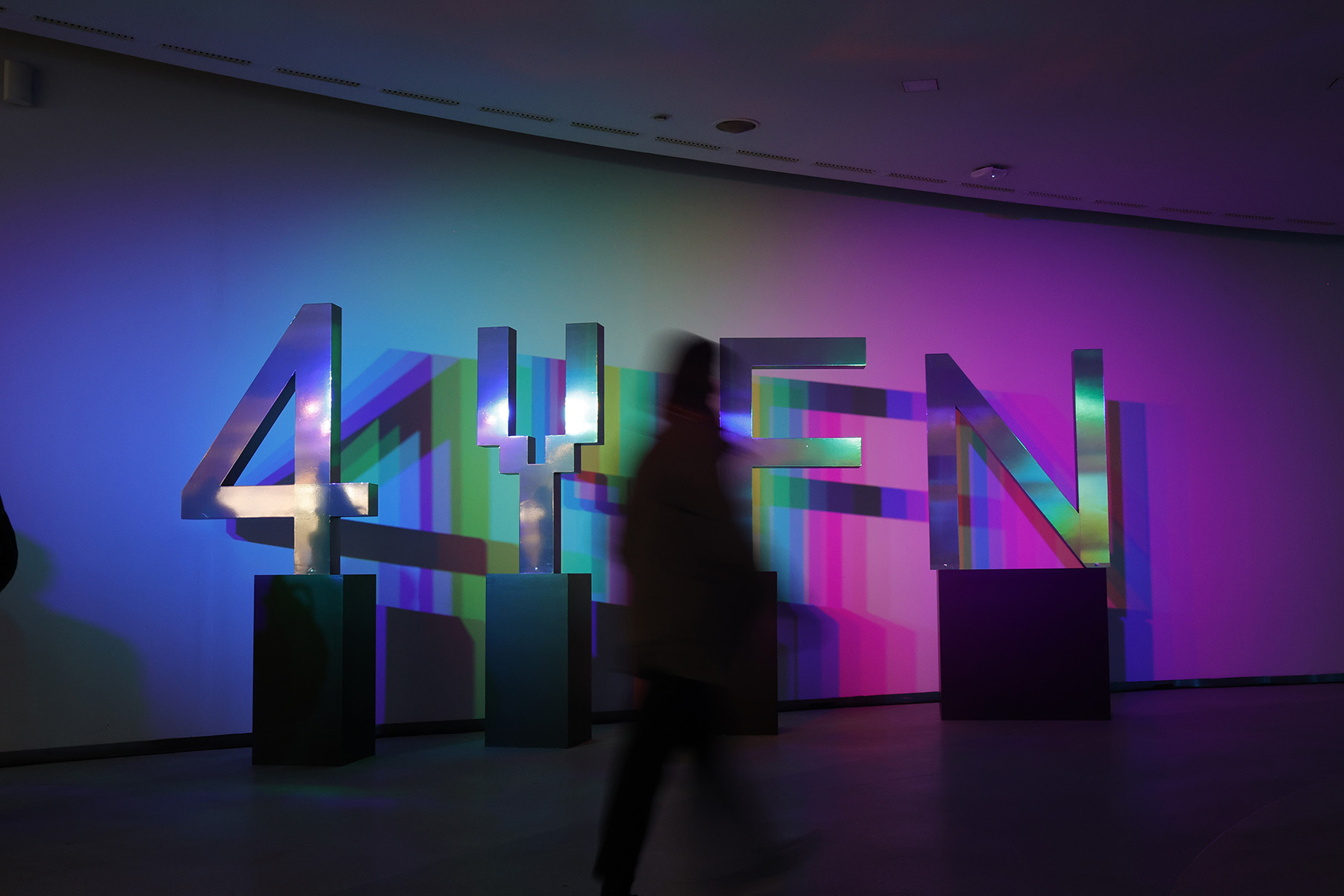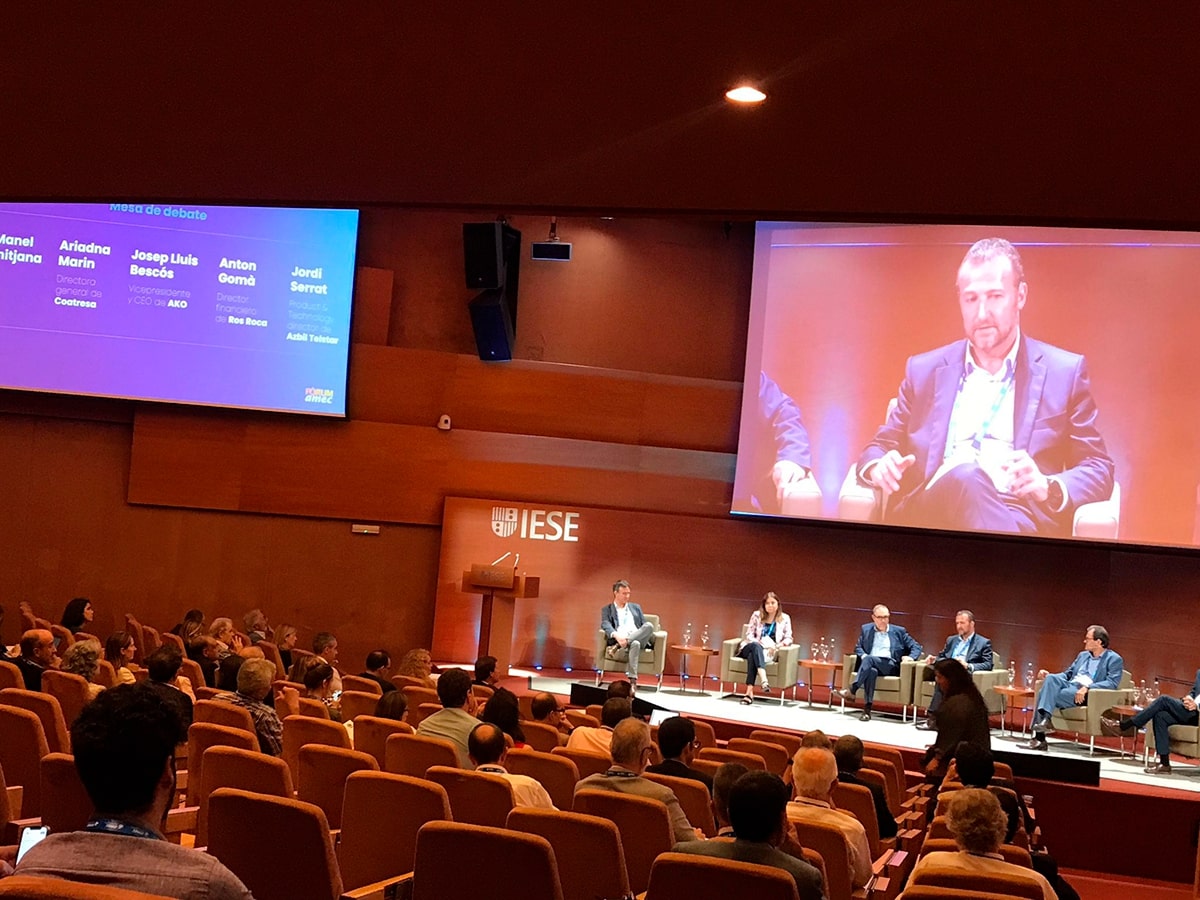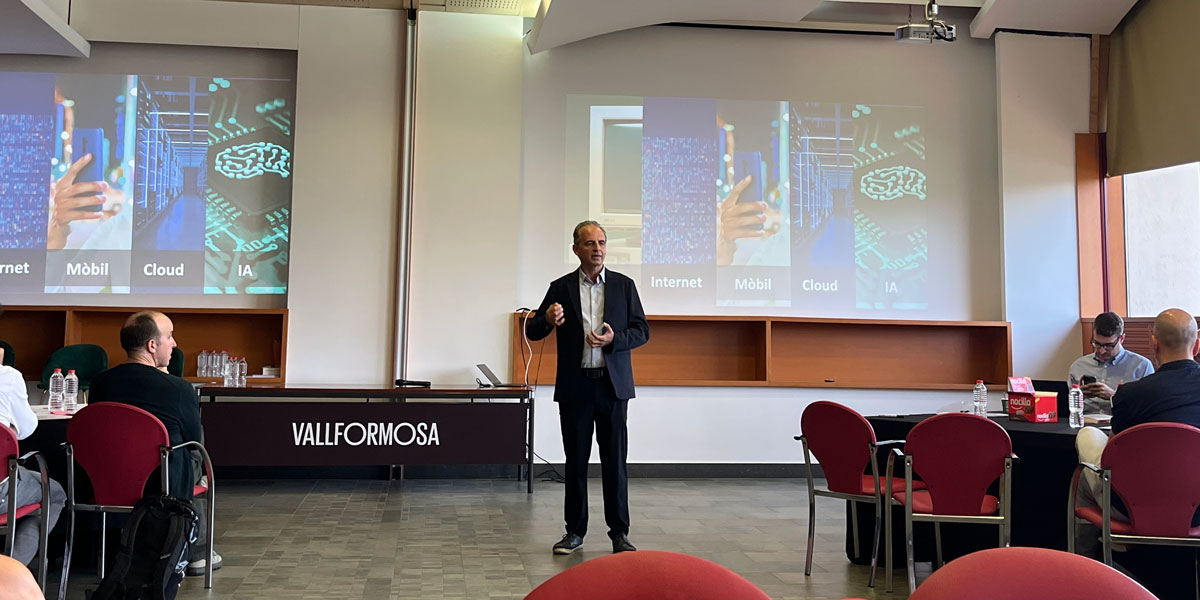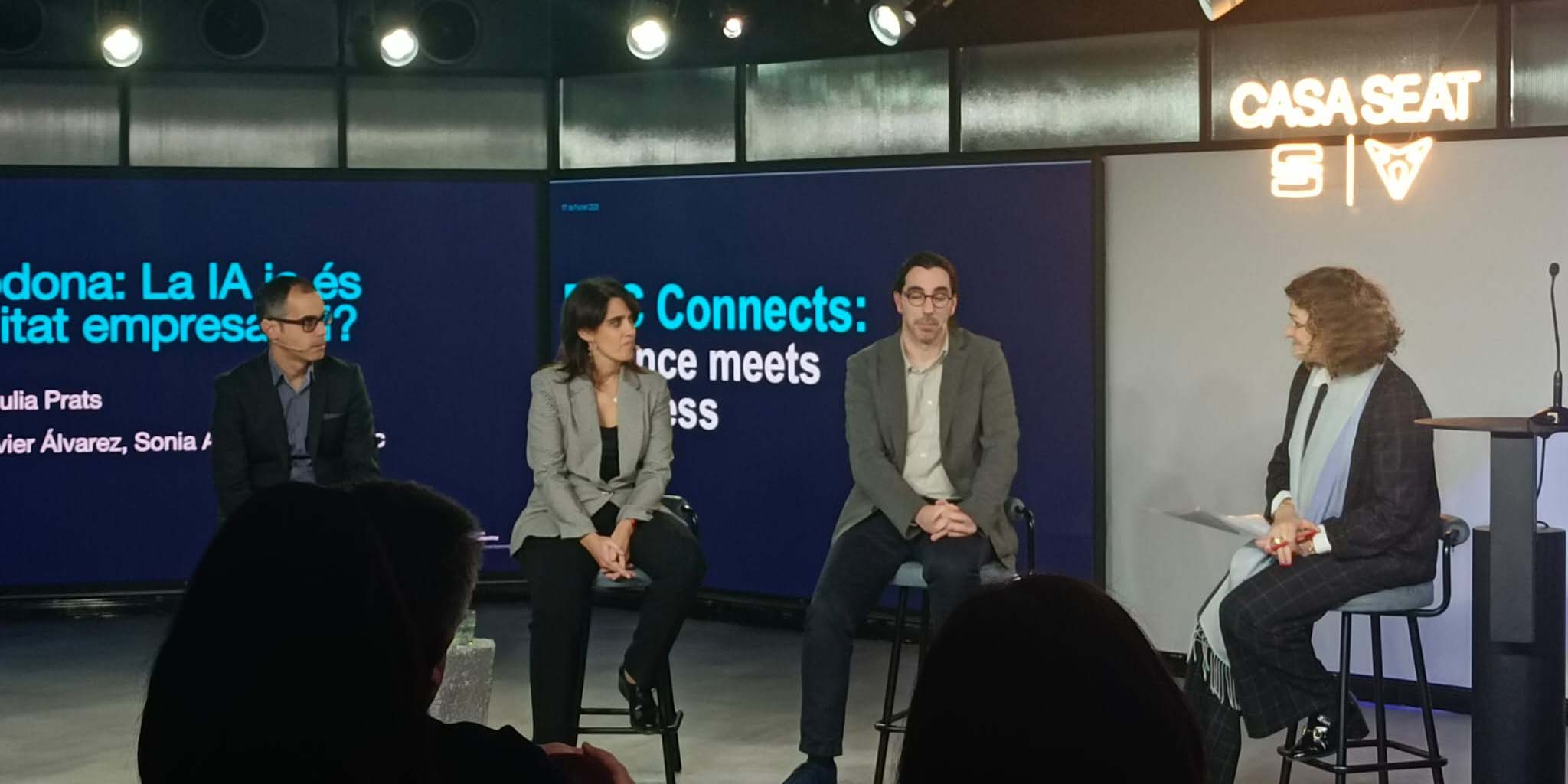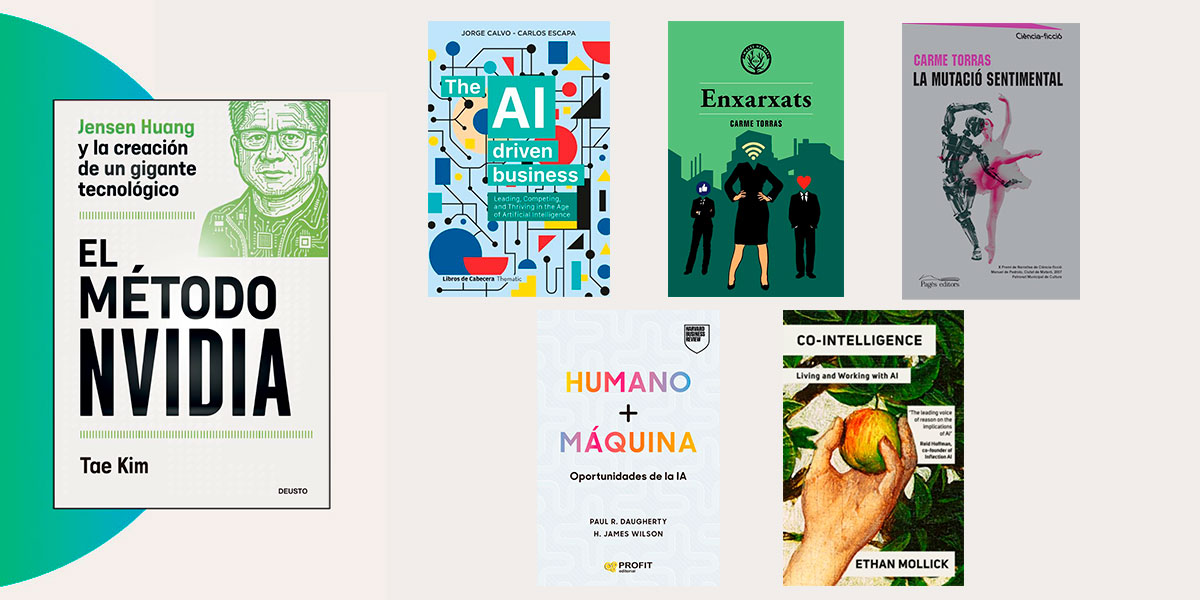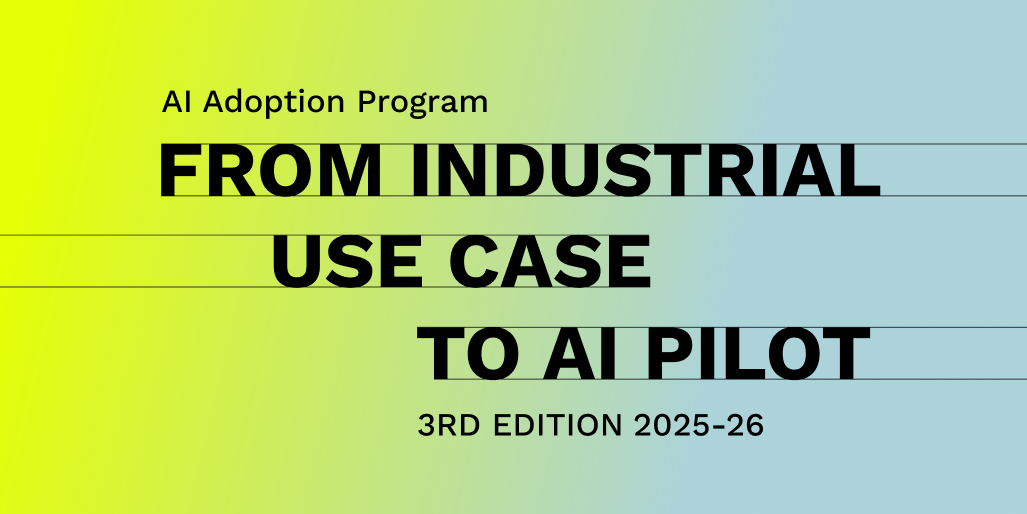Artificial Intelligence applied to Industry 4.0, by Dr. Oleguer Sagarra.
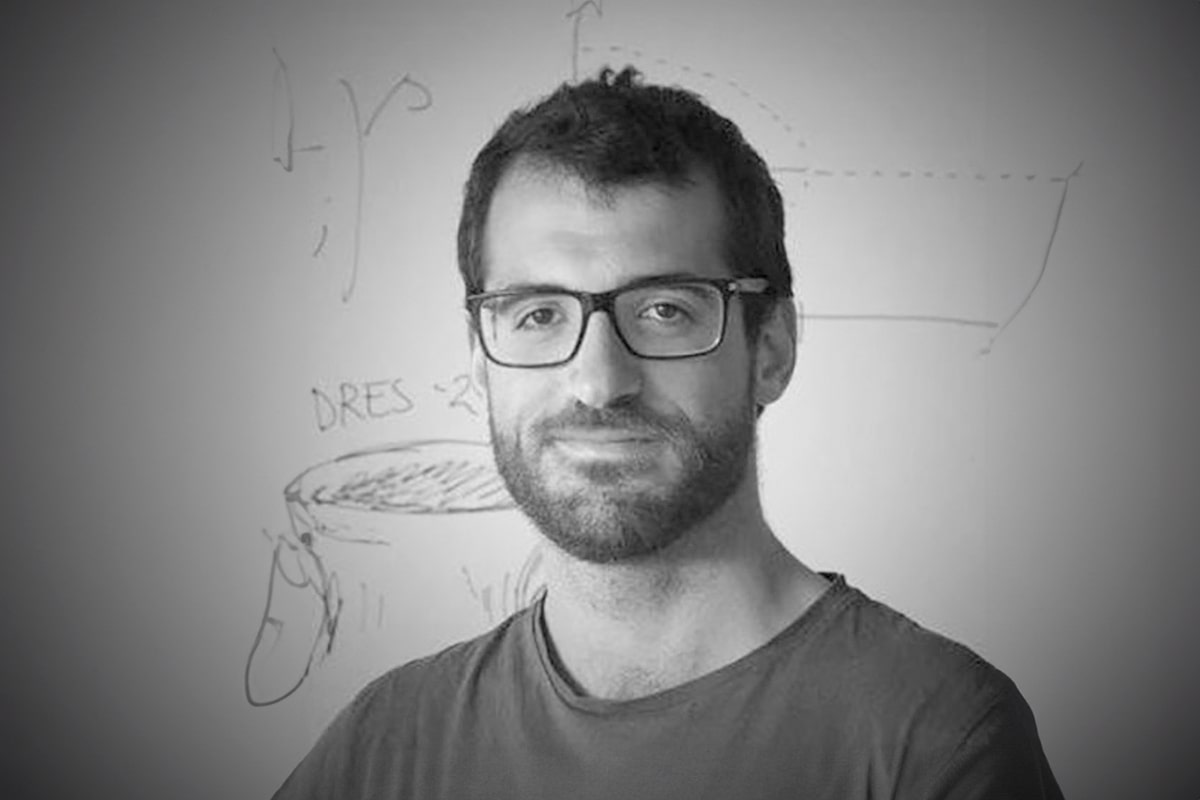
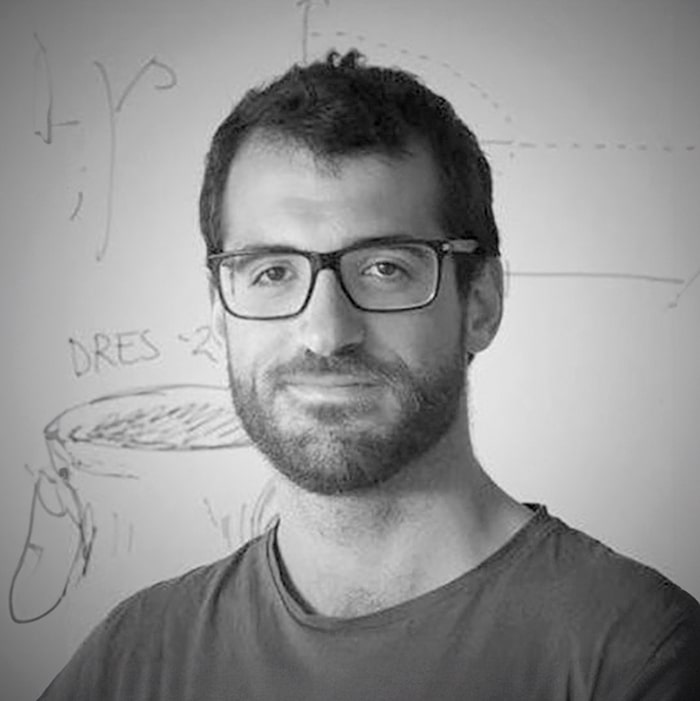
Dr. Oleguer Sagarra, co-founder and co-CEO of Dribia, gave a conference to INDPULS members on how to apply Artificial Intelligence (AI) to Industry 4.0. He explained in a very didactic manner how AI can help industrial companies optimize their processes and shared some key insights on how to identify which of our company’s needs can be addressed through an AI project.
A definition for Artificial Intelligence
Undoubtedly, Artificial Intelligence has gained popularity thanks to technologies like ChatGPT or image generation programs. However, to this day, professionals do not entirely agree on a definition for this new technology.
Oleguer offers a very accurate description, starting from the definition of Human Intelligence: The ability of a person to perceive their environment and achieve their goals successfully. Based on this idea, we should consider three essential factors that will change when we apply this definition to the field of technology.
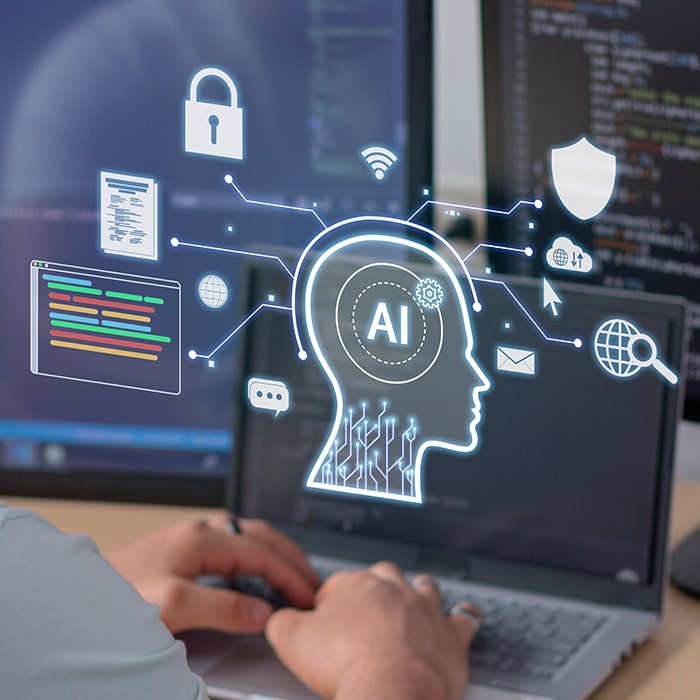
- The ‘capability’ will depend on a computer, not a person, which doesn’t possess human-like capabilities such as common sense.
- A computer cannot perceive its environment; it can only read data. Information cannot be applied to solve a task if it isn’t processed.
- The computer doesn’t have goals; it is programmed to address a specific request, and the more specific the task, the better it will be at solving it.
Thus, Oleguer Sagarra defines Artificial Intelligence as the computer’s ability to process data and successfully and quickly accomplish a very specific task.
“Technology provides us with scalability, but there’s a key aspect we mustn’t forget: Technology alone won’t yield results because it requires support; there must be a group of people behind it who identify the task and determine what we want to achieve. This partnership is unbreakable.” – Oleguer Sagarra.
The data exploitation cycle
Next, Oleguer shared tools with us to identify our company’s digitalization level. To do so, we must determine at which point of the data exploitation cycle we are, considering 4 phases:
- Digitalization: when we have tools to measure the present, process, and store data.
- Information: when we have high-quality data that we can use to ask questions and describe the organization’s current state.
- Optimization: when we have data that allows us to apply AI to predict, automate, and optimize results, ultimately becoming more efficient.
- Knowledge: when the repetition of AI enables us to interpret the models used to learn new aspects of our previously unknown processes.
Artificial Intelligence and Industry 4.0
Industry 4.0 is an exceedingly complex process involving the entire factory’s interconnection. However, once this interconnection is achieved, it marks only the journey’s beginning. Thanks to data science, adapted real-time production models have reached a new level of optimization.
Once we have an industry connected with sensors and have data we want to exploit, we first need to identify at what level of data exploitation our company is and, secondly, differentiate between micro and macro projects.
Micro projects focus on optimizing a specific factory process, while macro projects combine data from multiple machines. They are more complex projects but have a more significant impact, and these are the projects that Dribia develops.
What can Artificial Intelligence do for Industry 4.0?
To identify the challenges we can address with AI, Oleguer recommends discussing ‘tasks’ rather than ‘algorithms.’ To build trust within the organization, it’s essential to involve operators and other company employees who can validate the results, predict the past, and gradually gain confidence.
Oleguer Sagarra distinguishes three types of tasks that we can solve using AI: regression tasks, segmentation tasks, and classification tasks. Thinking in terms of tasks helps us identify which processes we can improve.
The success case of Celsa Group

Finally, we got first-hand insights into successful data science-driven optimization cases developed by Dribia. Among them is the case of Celsa Group. Thanks to a post-AI process, the quality of purchasing the primary product, in this case, recovered scrap, could be predicted semi-automatically. Oleguer emphasized the semi-autonomous working approach, ‘People and algorithms need to work together, so it will never be a good idea to remove people from the equation.
Dribia. Transforming companies through data science.
Dribia is a company that has been working on data science projects with businesses for seven years, designing algorithms with advanced analytics and artificial intelligence to understand, predict, and optimize business processes. Their algorithms are transformed into customized software solutions with a high impact across various industries. You can learn more about Dribia here.
